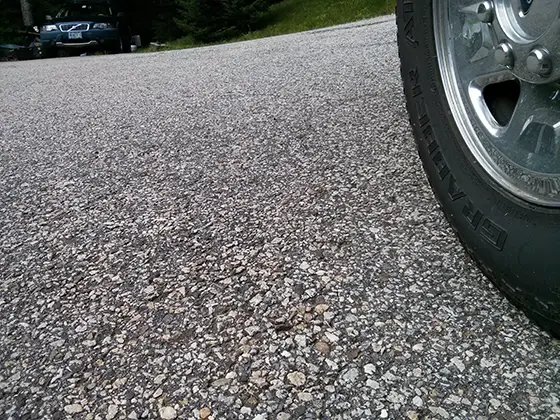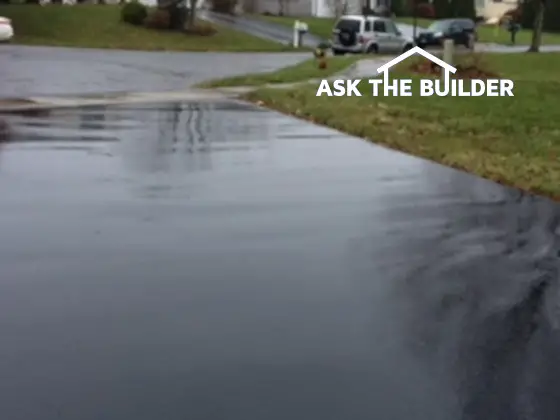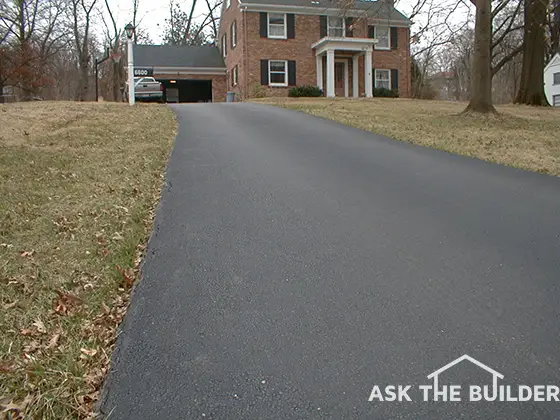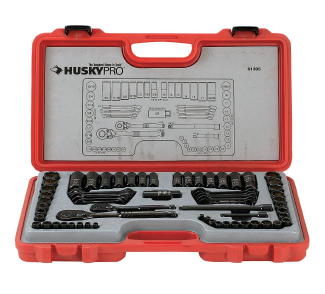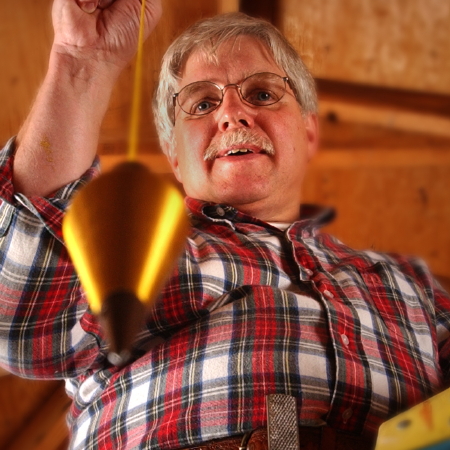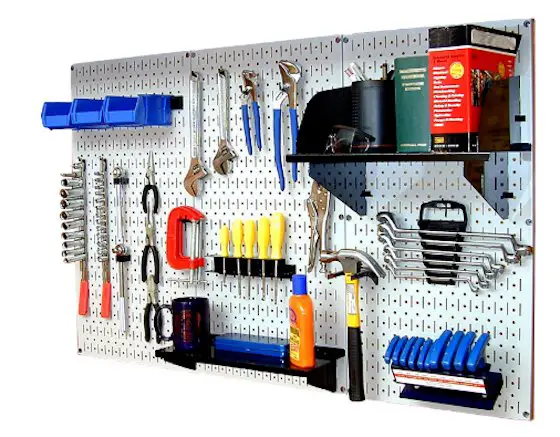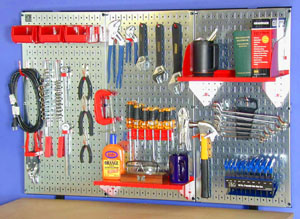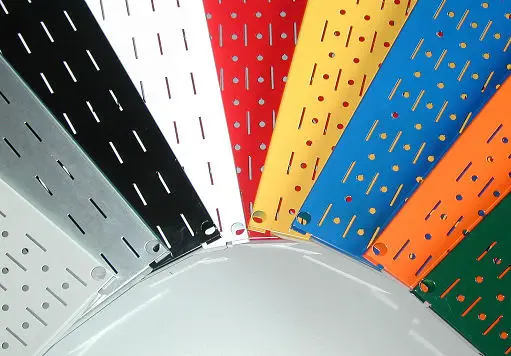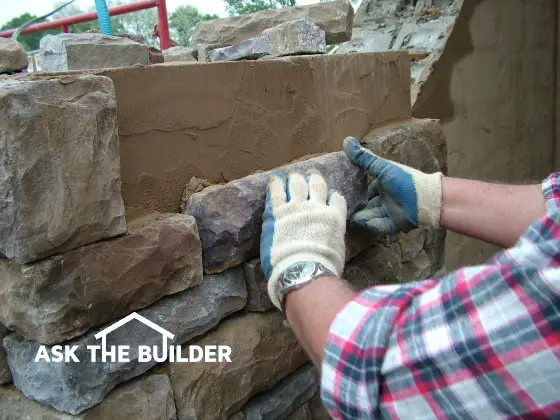Blacktop Sealer Manufacturers & Associations
When you decide which blacktop sealer will perform best for you, who should you buy it from? Good question! Because the raw materials that are used to make a (meaning any type) blacktop sealer are readily available, just about anybody can get into the sealer business. However, as with any industry, there are a select group of manufacturers committed to producing high quality blacktop sealers. These manufacturers belong to an association called the Pavement Coating Technology Center. This association is headquartered at the University of Nevada in Reno. They have developed highly detailed specifications for applying driveway sealers. These specifications are primarily intended for commercial applications. However, these specifications can, and should be, used for residential applications. Go to their web site and read the specs!
Also, check out the web sites of the following two associations. They both have great information on the installation and maintenance of asphalt driveways.
- National Asphalt Pavement Association (www.asphaltpavement.org/)
- Asphalt Institute (www.asphaltinstitute.org)
Following is a list of manufacturers who are current members of the Pavement Coating Technology Center. They are committed to manufacturing high quality sealers. Look for products that are made by these companies. Study the labels and decide which product will work best for you. Call the manufacturers closest to your city to see who carries their products. Think of it, your investment in several phone calls may produce fantastic results. The manufacturers will gladly send you excellent product literature and tell you the locations of the closest retail outlets.
UPDATE: June 2003
I just got back from the Sears Editors conference and they proved that as of this writing, they sell the best driveway sealer on the market. The test samples they brought in were unbelievable. If you could have seen how quickly some of the top name brands wore away compared to the one Sears sells, you would be astonished. Buy Sears top-of-the-line sealer. I am 99.99% sure the product is made by the first company in the list below. You may be able to determine this by looking on the label of the Sears product.
Akzo Nobel Surface Chemistry
Bonsal American
Chemway Products, Inc.
Coopers Creek Chemicals Corp.
Corsicana Technologies, Inc.
Dalton Enterprises, Inc.
Gem Seal, Inc.
Kentucky-Tennessee Clay Co.
Koppers, Inc.
Reilly Industries, Inc.
S.T.A.R., Inc.
Surface Coatings Company
Tangent Rail Products
Unimin Corporation
Vance Brothers, Inc.
Velvetop Products
Associate Members
Good Seal Products Corp.
Great Lakes Coatings
Hercules Sealcoat Mfg. Inc.
McConnell & Associates Corp.
Pavement Coatings, Inc.
Paving Maintenance Coatings. Inc.
Sasco Pavement Coatings, Inc.
Star Seal of Florida
Star Seal of New York
Star Seal of Ohio, Inc.
Column B74
